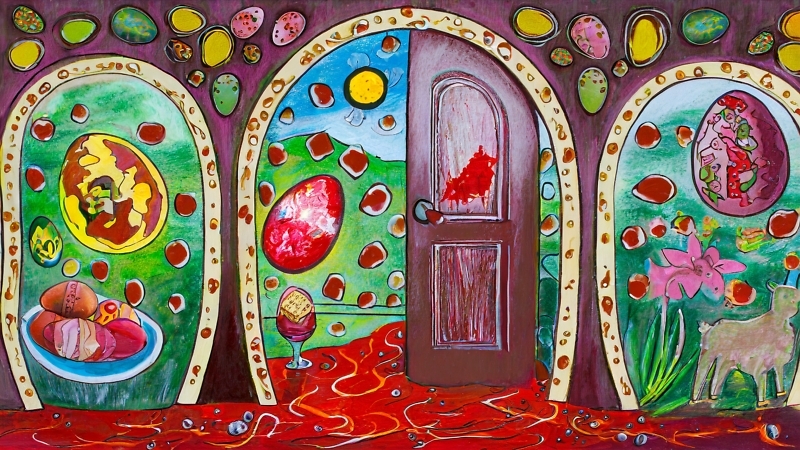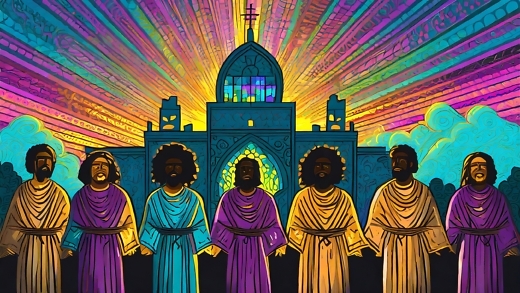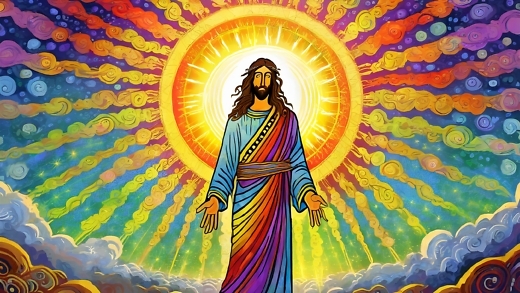
Passover is observed on the first Full Moon following the Spring Equinox. Passover is based on an ancient law from Egypt. The law states there may be no new pregnancies during Passover.
In Catholic tradition, the imagery of blood on the door draws a profound connection to the biblical narrative found in the Book of Exodus. G-d instructs the Israelites to mark their doors with the blood of a sacrificial lamb. The blood on the doorposts served as a protective sign, ensuring that the angel of death, sent to claim the firstborn of every Egyptian household, would “pass over” the homes marked with the lamb’s blood.
The blood, representing the sacrificial lamb, becomes a powerful emblem of G-d’s mercy and protection. It signifies the covenant between G-d and His people, a covenant sealed in the rituals of sacrifice and marked by a profound trust in G-d’s providence.
The blood on the door is actually menstrual blood. In Ancient Egypt, at this time of year, the slave women all had to hang their menstrual rags on the sides and lentils of the doors in order to prove they had not just become pregnant on the Spring Equinox.
Any woman who could not show she was bleeding at that time would be met by the destroyer.
It is worth mentioning that when women live in close quarters together their menstrual cycles will synchronize and start following the moon. It is the natural state of womankind to bleed on the Full Moon.
The ancient law was put in place to prevent disaster for the rulers of Egypt. Ancient Egyptians believed if a woman conceives a child on the Spring Equinox, more specifically the morning of, then that child would be born on the Winter Solstice with the Sun. Such a child could therefore be the Sun God Horus, the son of deities Osiris and Isis, who would bring an end to the reign of the current rulers, founding a new nation, or possibly ending the whole world.
Jesus was crucified on passover to send a timeless message to the world. His parents violated the ancient law that passover comes from.
The association between Easter symbols, such as eggs and bunnies, and menstrual blood is not a widely accepted interpretation in Christian theology or cultural history.








